I was looking for a good destination to spend some time during the summer of 2018 and surveyed different European regions. Finally settled on the Iberian Peninsula, the land of Visigoths and Moorish conquests as I had read from Edward Gibbon’s classic on the decline of Roman empire and “The Crusades” by Thomas Asbridge. The plan was to spend six days in Spain covering Madrid, Valencia and Barcelona on a group tour and three days at Portugal covering Lisbon and Sintra on my own.
Day 1 – Travel to Madrid. It was a tiring 14 hour journey from Hyderabad including a couple of hours at Dubai. Got some good night sleep at a Novotel near Madrid airport on arrival and prepared for the long tour ahead!
Day 2 – Madrid:
I wanted to start the day with my usual morning run and did not have to look very far for a good place. Google maps showed a Juan Carlos Park beside the hotel and I was there right when it opened at 7AM. The large park beat my expectations and I could not cover the entire park with my 6 Km run. But could not do more as I had to get back to the airport and meet with the rest of the group to start on the Spectacular Spain tour!

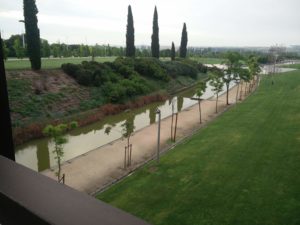
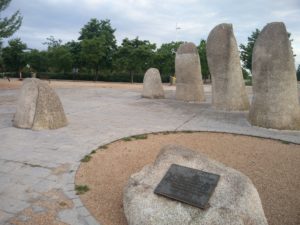
After checking into a hotel at a south western suburb (Leganes), we started on Madrid city tour. We met the guide at Plaza Espana who talked about Spanish pride around Don Quixote and took us on a panoramic bus tour of Madrid covering the Bull Ring among other places.
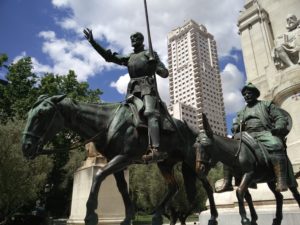
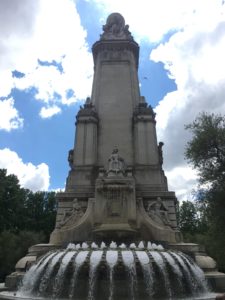
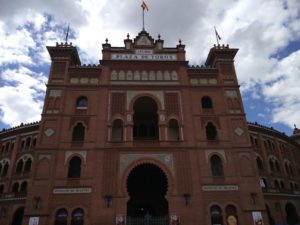
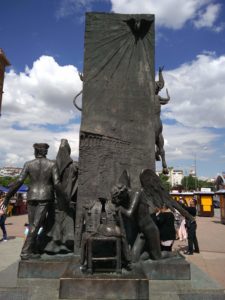
We finally spent some time at the Royal Palace and wrapped up the day after dinner at a nice Indian restaurant.
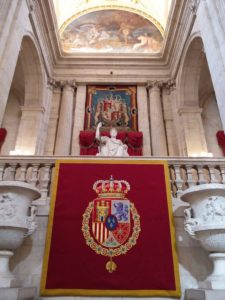
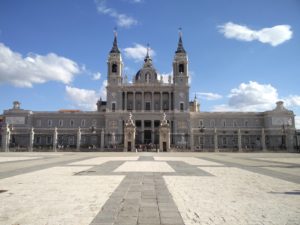
Day 3: Madrid
One aspect I love about Europe and the US is the pleasant weather during summer and the running trails that show up even at the remotest of places. While the hotel at Leganes was in the middle of an industrial estate where you would not expect a running trail, Google Maps showed a trail about one km away. I followed the map and was surprised to find a lovely trail where you would least expect it! A 5 Km run prepared me for the long day ahead.
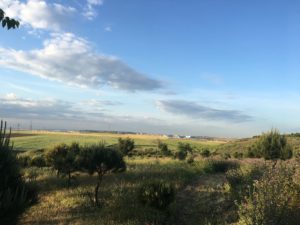

We started on Madrid city tour with the exciting news that Real Madrid has won the Champions League the previous evening. What a day to be in a football crazy city the day after they won a big cup! It was a great feeling seeing the celebration all around but that also meant extensive street closures and cancelation of night tour of the city.
We started with the historic Atocha station, Prada Museum, spent a couple of hours walking around Retiro Park and clicking some pictures of monuments around.
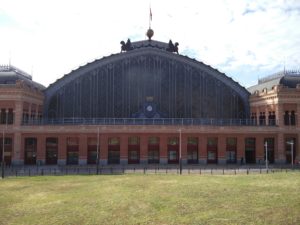
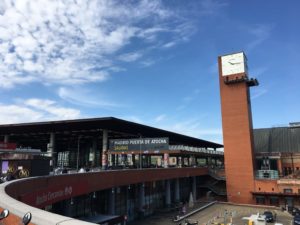
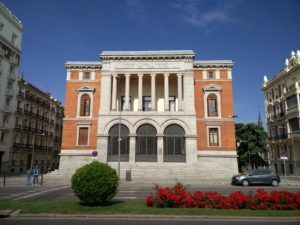
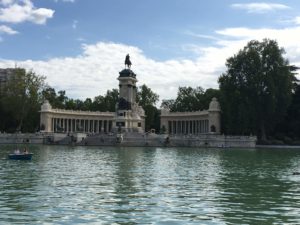

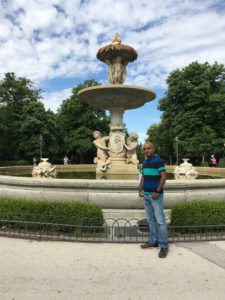
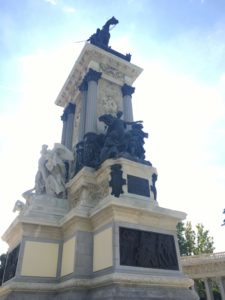

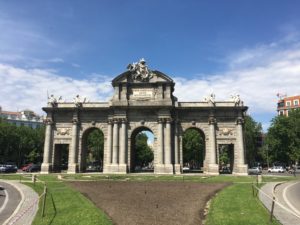
We then went to the Santiago Bernabéu Stadium, that was getting decked up for the Real Madrid team to arrive later that afternoon for the big celebration for Champions League! It was a great feeling to visit on that special day!
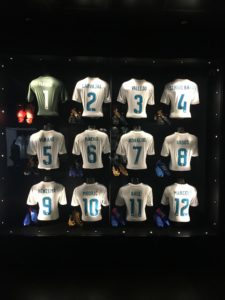
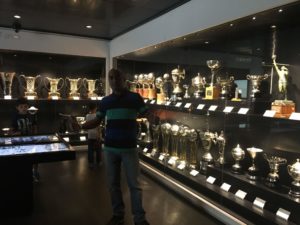
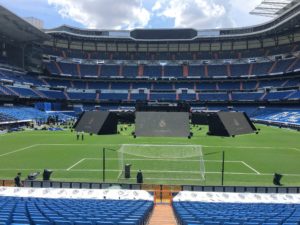
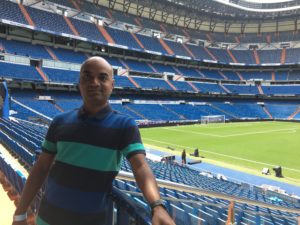
After a short visit to the Egyptian temple that was reassembled at Madrid, we went on a walking tour along the old city shopping arcades covering Gran Via, Sol, Plaza Mayor and returned to Plaza Espana to wrap up the day and go back to out hotel.
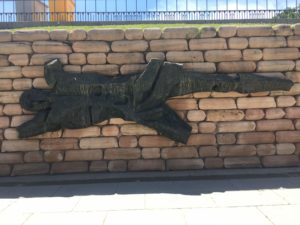
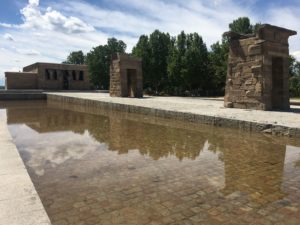
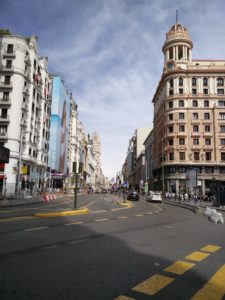
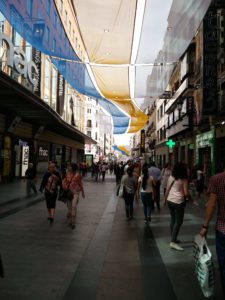
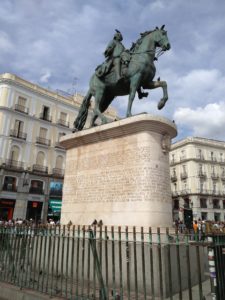
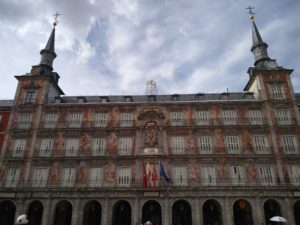
Day 4: Valencia
Started day 3 with a run along the same trail as the day before and embarked on the journey towards Valencia – it was a 5 hour drive with a short break enroute.
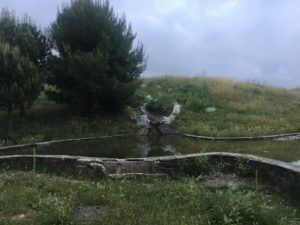
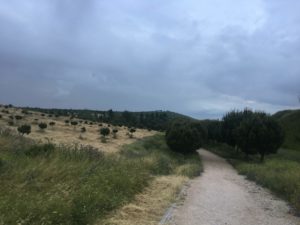

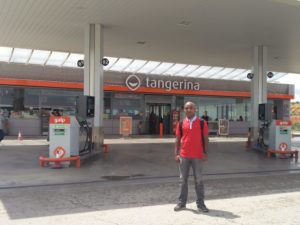
Went on a short stroll along the vegetable farms near the hotel we checked-in and got a glimpse of rural Europe for the first time! Felt very much like India!!! I noticed that most of the shops were closed and it was around 2:30PM. I told myself that it should be siesta time and got to see it in action for the first time!

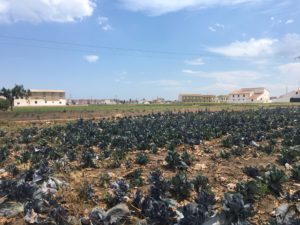
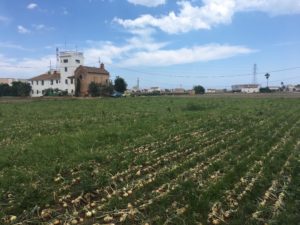
We then went on Valencia city tour. The guide walked us through how Valencia was settled first by early tribes, followed by Romans and Goths, all the way to modern times. As we listened to him standing next to one of the surviving city gates (Torres de Serranos), he pointed to the adjacent park with a few bridges and said it is river Turia. It was interesting to learn how Valencia had changed course of the river to city outskirts after a devastating flood in 1957!
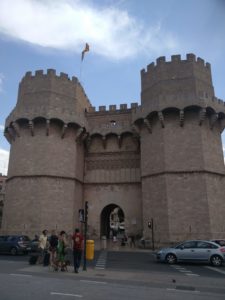
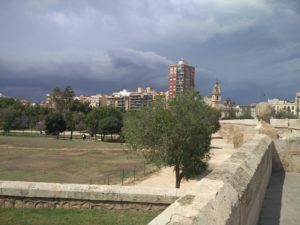
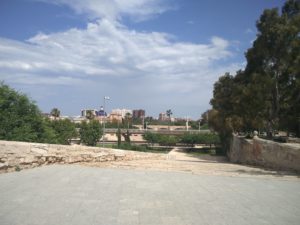
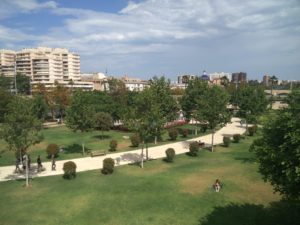
We then walked through the narrow alleys of the old city listening about the royal palace, Spanish national dish paella, and spent some time at the Basilica, Cathedral and the fresh food market.
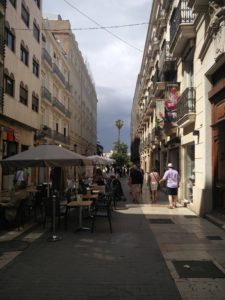
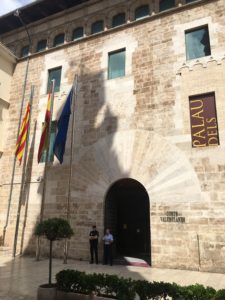
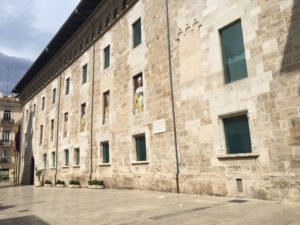
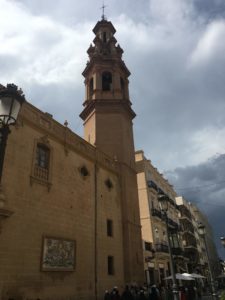
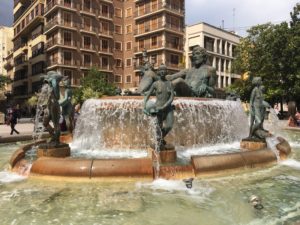
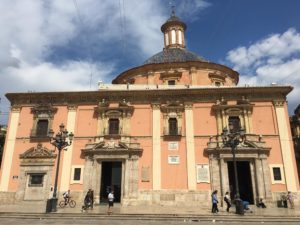
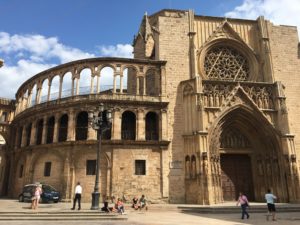
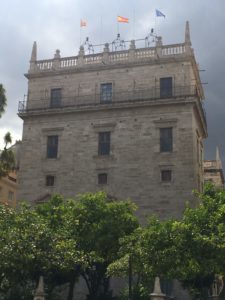



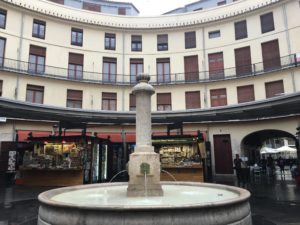
We wrapped up the old city walking tour and went to the new city where the imposing Opera and Oceanografic are located.

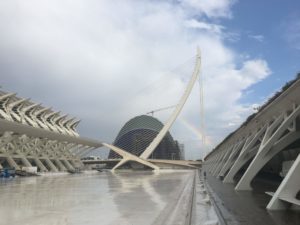
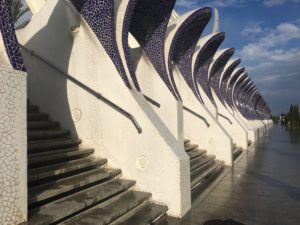
Day 5: Valencia
Valencia is on Mediterranean coast and it was a pity that the beach was not in our tour itinerary. So, I decided to do a long run to the beach in the morning. It turned out to be a 10K run but well worth it running along the farms again and also along the Mediterranean for a few kms.
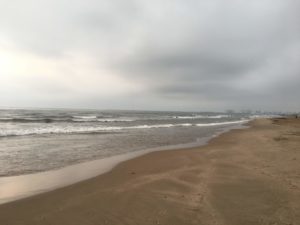
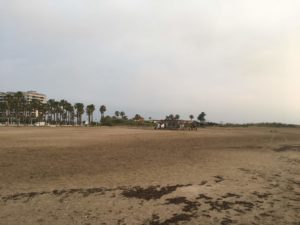

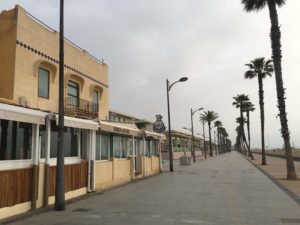
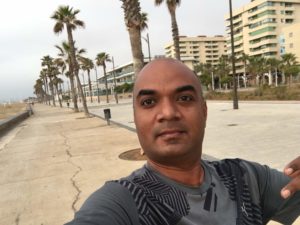
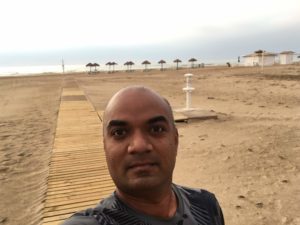
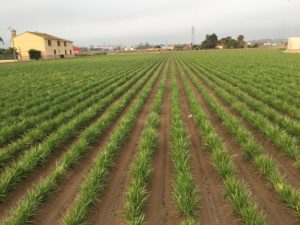
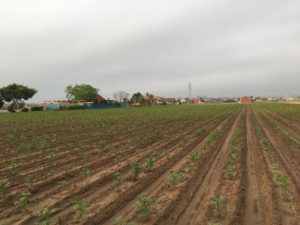
We then spent half a day at Oceanografic, supposedly one of the largest aquariums in the world. It was interesting to see some exotic aminals, particularly from the polar regions, but nothing beyond to rave about. After lunch, it was time to drive up to Barcelona, the capital of Catalonia!
After a quick dinner, we went to the famous Flamingo show at Barcelona. For folks who were looking for flamingoes to dance, it was a disappointment. It was just a couple of agile and nimble dancers tapping their feet to some fast music, by no means an easy one. And with a few expert singers using their hands and vocal chords to create a variety of sounds, it was a great show indeed!
Day 6: Barcelona
As will be the case with all group tours at all locations, we stayed at one of the suburbs of Barcelona but I still managed to find a small park for my morning run. It was a bit of a hilly terrain and had to deal with some elevation during the short morning run of 3 km.
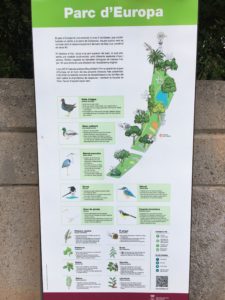
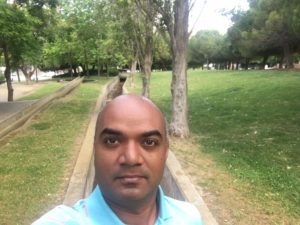
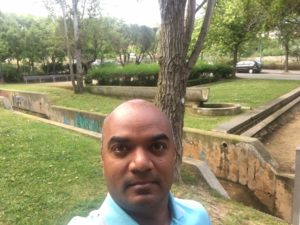
After breakfast, it was time for Barcelona city tour. If you were from anywhere else in the world, you might not have heard about Antoni Gaudi. But at Barcelona, it feels like the entire city belongs to him even almost 100 years after he died. His distinct architecture that emphasized on natural shapes and shunned other geometrical ones like straight lines and sharp corners has created a number of unique buildings in Barcelona. The fact that the Barcelona cathedral (La Sagrada Familia) continues to be built long after his death and expected to complete in 2026 to commemorate his 100th death anniversary and become the tallest religious structure in Europe speaks volumes for the influence he continues to have on the city!
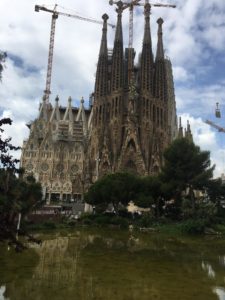
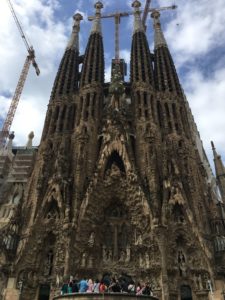
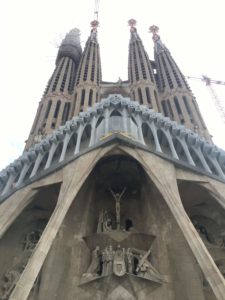
We then proceeded to Parc Guell, another masterpiece that was designed as a villa community to the rich ended up becoming a park as the location was far from the city by 100 years back standards.

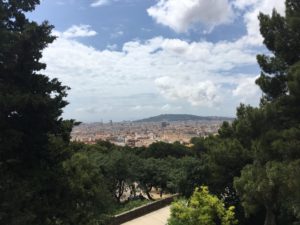
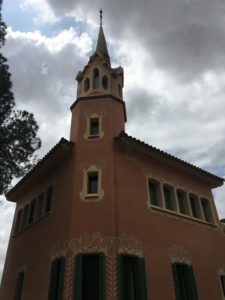

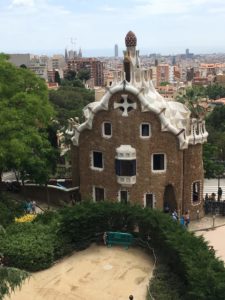
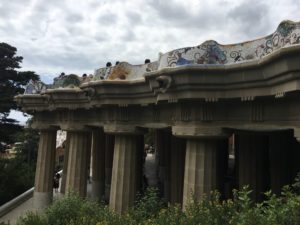
It was now time for us to visit the Mediterranean beach resort – Costa Brava! I have seen many beaches in my life but this one was among the most amazing of them. We were there on a perfect day for beach goers, pleasant sunny day and the crowds did not disappoint. I didn’t spend much time on the beach though. I found a trail along the beach meandering through the rocky terrain along the beach and it was a beautiful trek for about two hours. It was a privilege to enjoy some of the most spectacular views!
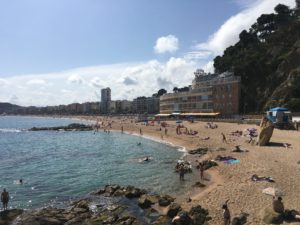


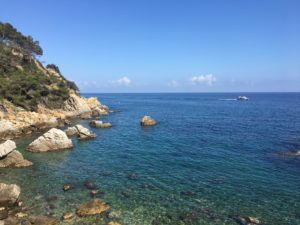


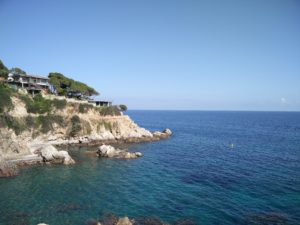
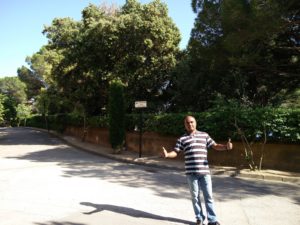
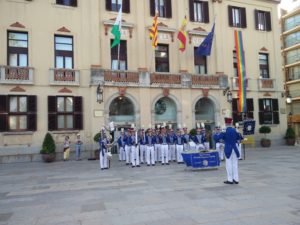
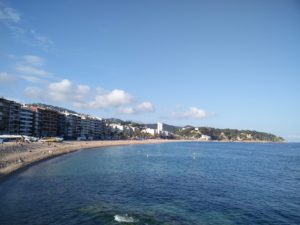
Day 7: Barcelona
It was the last day of the Spain leg and I was too exhausted for a morning run. So, after a relaxed breakfast, we packed our bags and went to the Olympic quarter of Barcelona. We took some pictures at the stadia built for 1992 Olympics and went to the Montjuïc Castle. While it was not an imposing castle, the events there during Spanish civil war were quite intriguing.
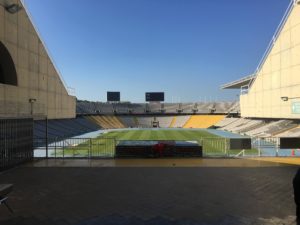
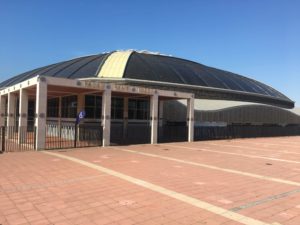
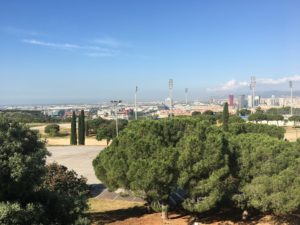
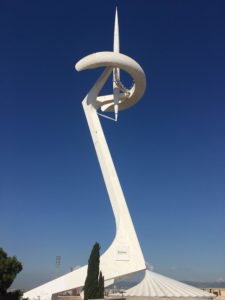
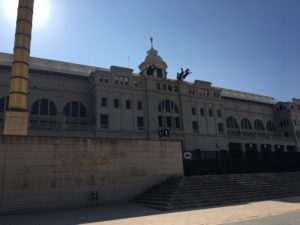
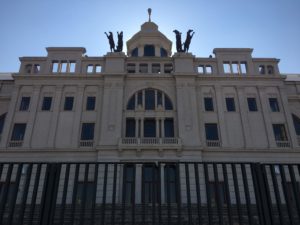
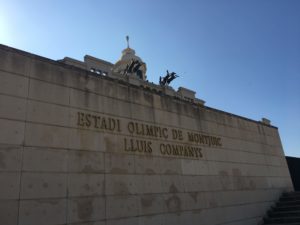
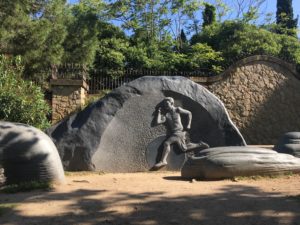
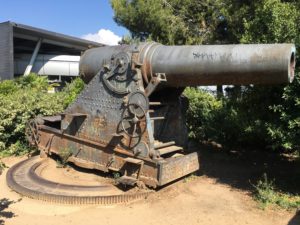
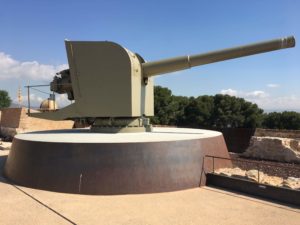
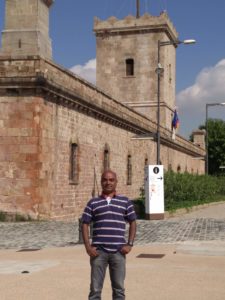
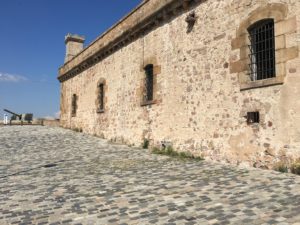
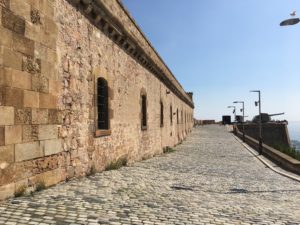

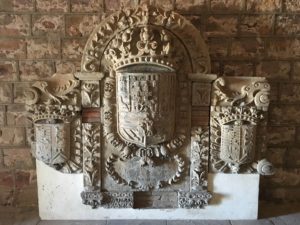
After a quick lunch, we went to La Rambla and the Gothic quarter of Barcelona for a stroll along the historic streets and shopping areas!
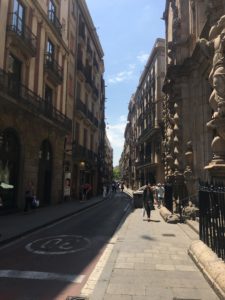
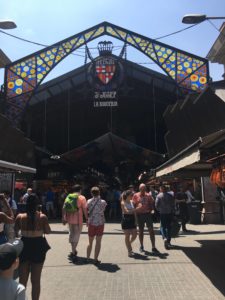
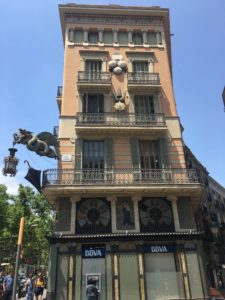
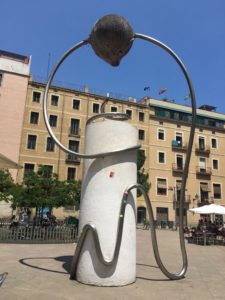
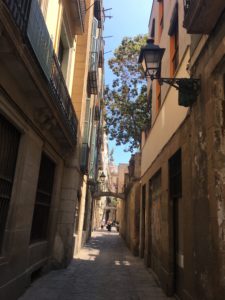
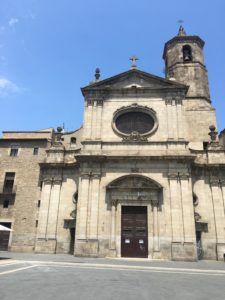
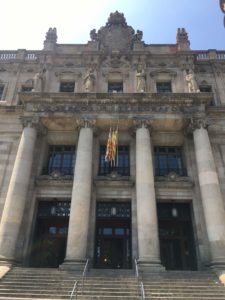
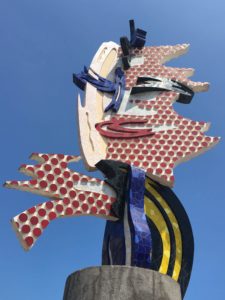

It was time to bid adieu to Spain and fly to Portugal! The view of Lisbon from the plane as we landed was fantastic with well maintained buildings of predominantly white walls and red tiled roof! We arrived at Lisbon late in the evening and could feel a distinct change in the climate and culture!
Day 8: Lisbon
We stayed at a Marriot near the University of Lisbon and Santa Maria Hospital and went on a morning run around these areas.
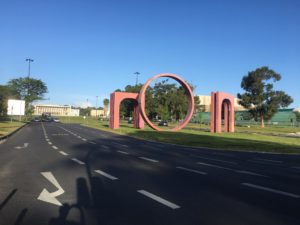
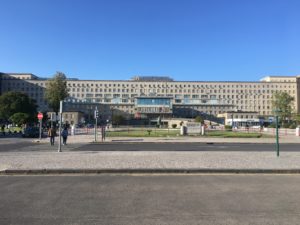
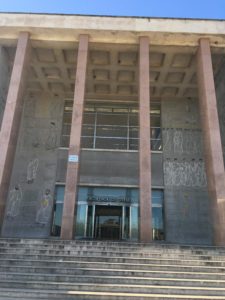
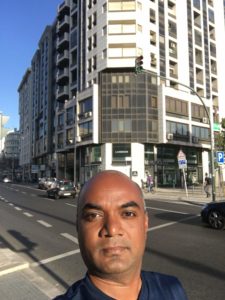
We then began our Lisbon city tour with the historic Alfama district. The old buildings with Moorish architecture and narrow alleys took us to a different era. We walked through Alfama streets for about an hour and also caught the great sight of Tram 28 slowing moving through the streets.
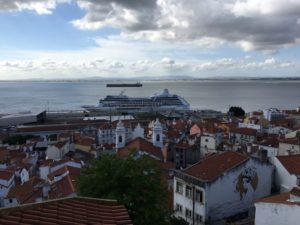
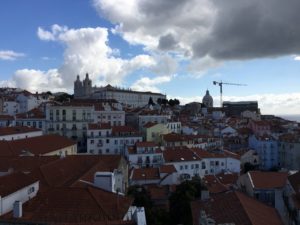
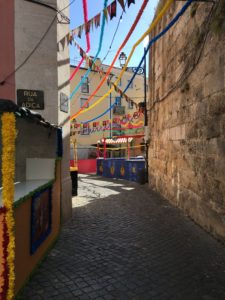
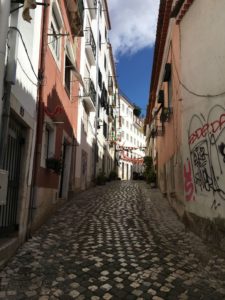
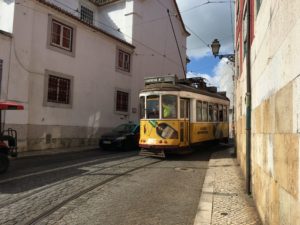
We then proceeded to one of the most historic places in Europe, Belem Tower at the mouth of River Tagus where it joins the Atlantic Ocean. This is the place from where the great voyages to the East, including Vasco Da Gama’s journey to India originated. Also walked to the nearby Padrão dos Descobrimentos, another waterfront monument opened in 1960 to mark 500 years since Henry the Navigator’s death.

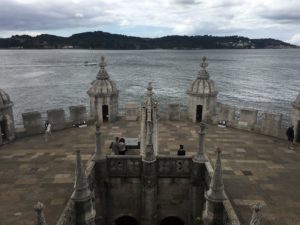
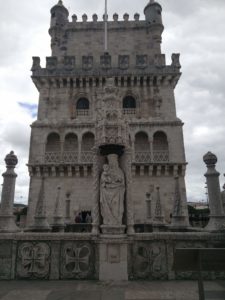

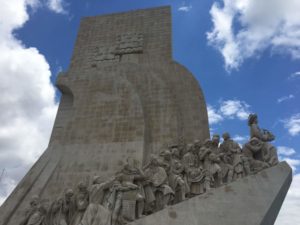

The next stop was the majestic Jerónimos Monastery. The long line for tickets at Belem Tower and Monastery was annoying and as we neared the counter, it turned to surprise to see the agents were working at a leisurely pace. No one seems to be concerned at the inefficiency and it appeared that every one involved was happy to wait!
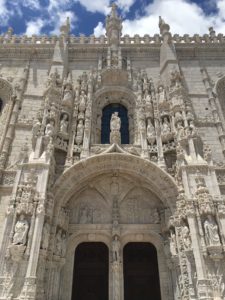

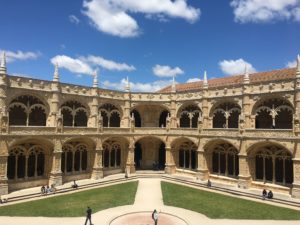


That wrapped up the itinerary with the tour guide and I asked him to drop us back at Alfama to stroll along the historic district. And it was easily the best part of the city!
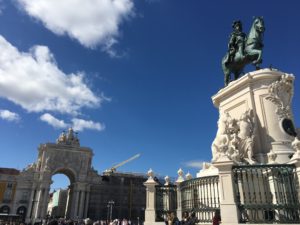
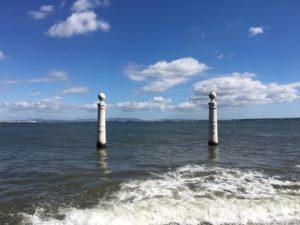
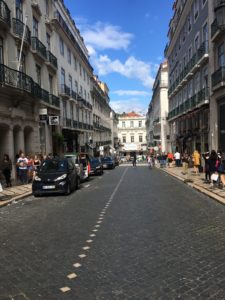
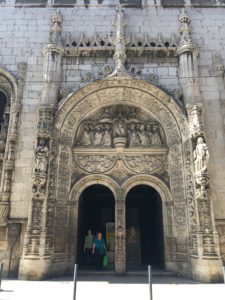

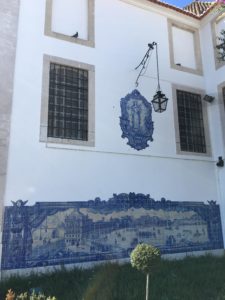
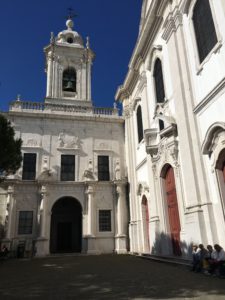
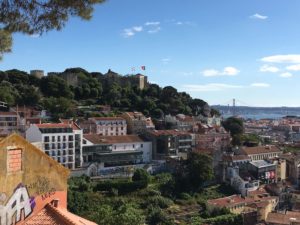
The guide had showed us the George castle from a distance and said it will close around 6PM. It took a while to figure out its entrance despite directions from Google Maps and reminded that there is more work to be done by Google on their maps, particularly on hilly terrain where roads could potentially be layered one above another as they wind up the hills! It was a little past 6PM when we reached the castle and luckily for us, it was scheduled to be open till 9PM during summer. This 11th-century, hilltop Moorish castle & royal residence with palace ruins & archaeological museum was a breathtaking place and would have been a shame if we missed it! Finally, we had dinner at an Indian restaurant and took a cab back to the hotel.
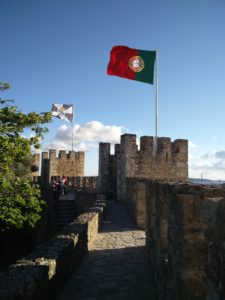

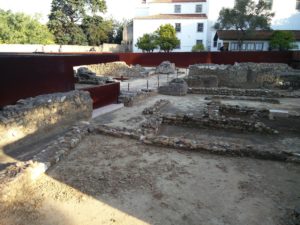

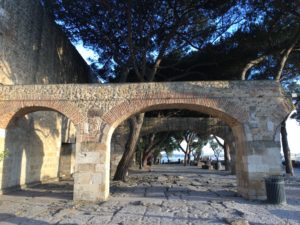
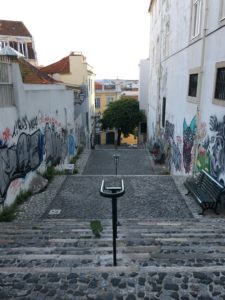
Day 9: Sintra & Cascais
We were into the final day of our tour and the destination for the day was one that I had researched and selected over what the travel agency had originally proposed. We set off early in the morning towards the famous hill station near Lisbon – Sintra. As we neared the Palace of Pena at Sintra, the temperature and visibility dropped significantly with the entire area covered with fog. It looked like we entered the clouds and among them stood the beautiful Pena Palace! I was among the most beautiful places we experienced in the tour. We walked inside the palace with an audio guide in hand, listening to the impressive history of the place!
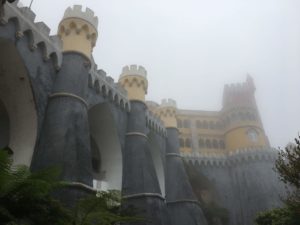
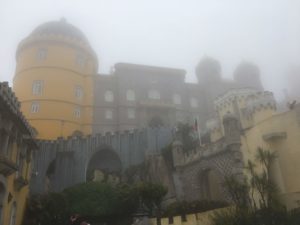

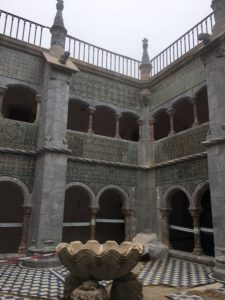
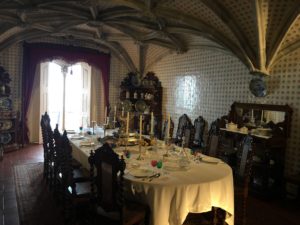
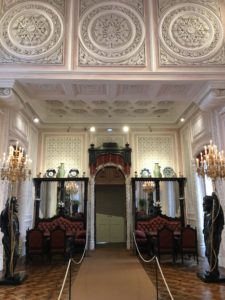
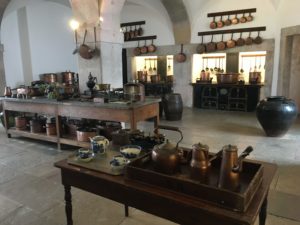
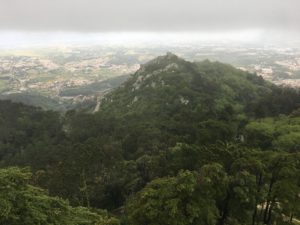
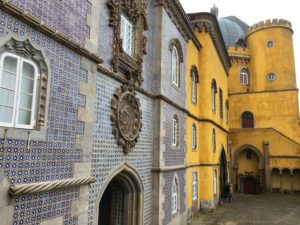
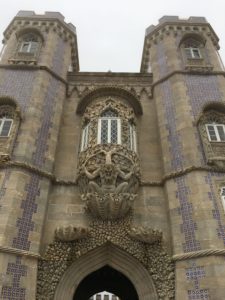
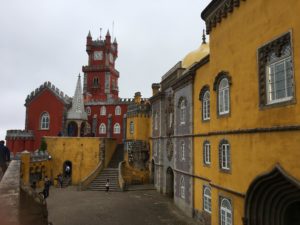
After spending a couple of hours at the palace, we proceeded to Quinta da Regaleira, a park with winding walking trails amid the hills.
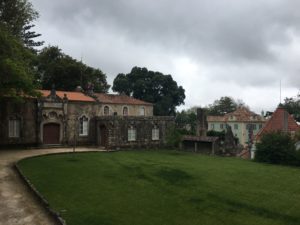
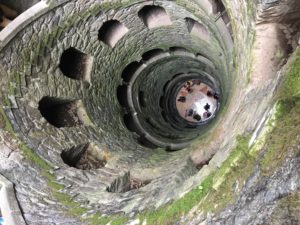

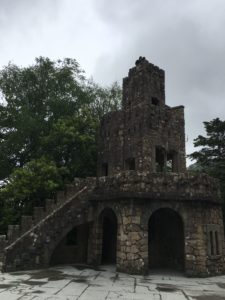

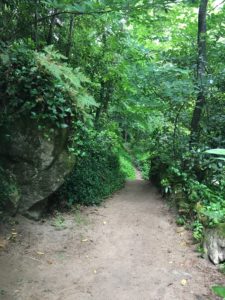


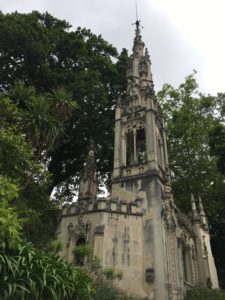
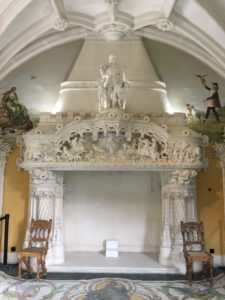
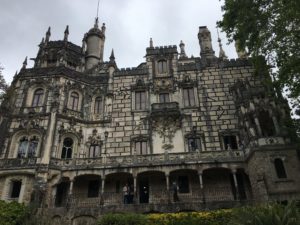
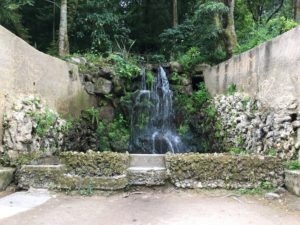
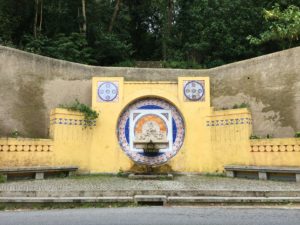
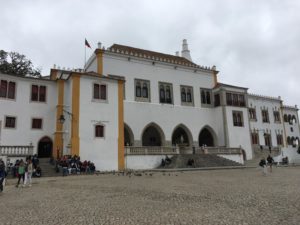
After a quick lunch, we headed to the Western most point of Continental Europe – Cabo Da Roca. It is a very windy place in the middle of nowhere! It felt like the wind will lift me all the way into the Atlantic Ocean!!!
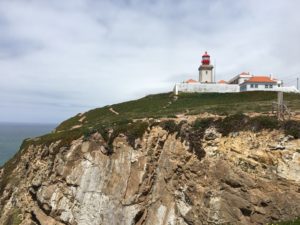
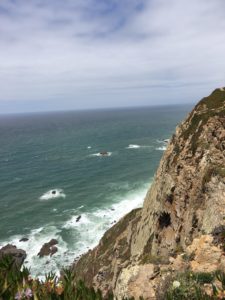
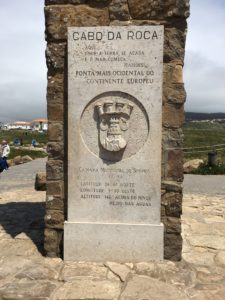
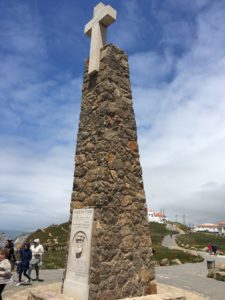
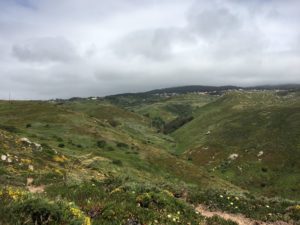
We then drove along the Atlantic Coast back to Lisbon, but not before covering a bit of Cascais – the beach resort beside Lisbon. After a brief stop at the Lisbon Basilica, I asked the guide to drop us off at Liberdade Avenue. It is the upmarket shopping avenue at Lisbon and wrapped up the day with a few pictures of magnificent statues along the avenue.
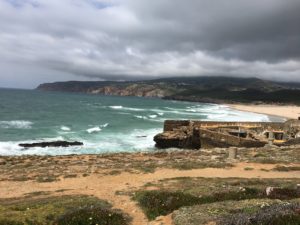
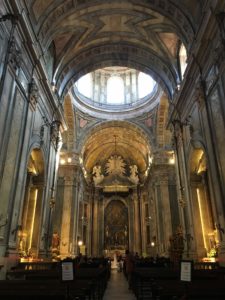
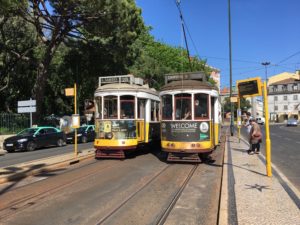
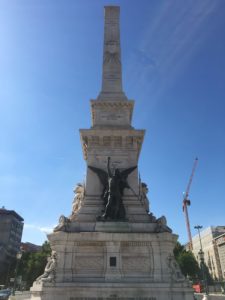
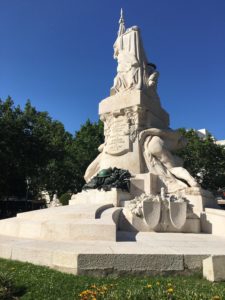
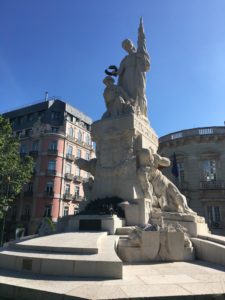

Day 10: Back to India!
It was time to bid adieu to the Iberian peninsula and head back home. I have now covered several places at South Europe and can see one thing in common – it is a region where people take pride in their glorious past and preserve it well while greeting you with great hospitality!




















































































































































































